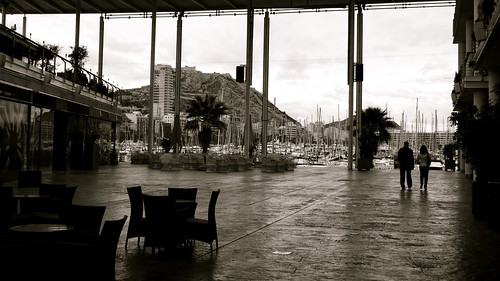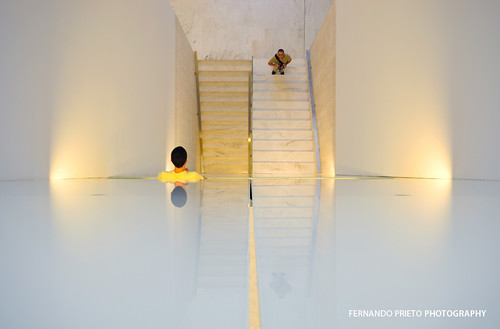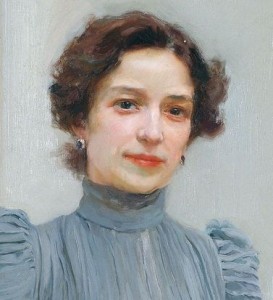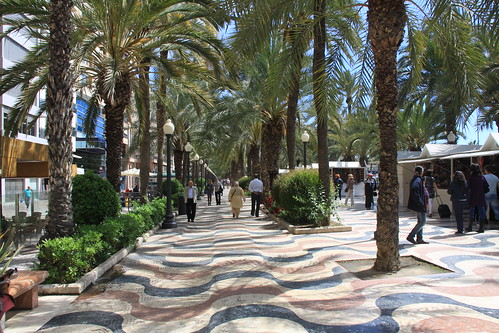Well of course you do not want to think about it raining on the Costa Blanca; and sure it doesn’t happen very often but it does happen. Forget all that falling only on the plain nonsense 🙂 So what can you do?
My wife and I visited Alicante last February (2013) and one day the weather was not great so we drove our Drivalia car into the city. billigparajumperno If you haven’t been I suggest you head for the port (marina) and park in one of the two car parks there: Plaza Canelejas or Plaza del Puerto. They are open 24 hours and they charge according to length of stay. As a guide we stayed for around 4.5 hours at a cost of 8.20 Euro.
View Alicante City in a larger map
Our first stop was the tourist office at No. 1 Paseo Explanada de España to pick up a map and then we headed for the Museum of Contemporary Art of Alicante (Museo de Arte Contemporaneo de Alicante) or MACA for short, at Plaza de Santa Maria, 3.
This museum of 20th Century art was donated to the city of Alicante in
billigparajumperno.com 1978 by the Spanish sculptor, painter and graphic artist Eusebio Sempere. Spread across three floors, the museum comprises both permanent and temporary exhibitions.
The cornerstone of the museum, and a permanent feature, is the collection of 20th Century art donated by Sempere. It consists of 177 pieces including sculptures, paintings, drawings and prints, dating from the 1920s to the 1980s.
The other permanent exhibition is of work by Sempere himself. There are 575 pieces on the top floor of the building spanning 4 decades: 1940s (drawings and paintings); 1950s (watercolours); 1960s (panel paintings); and 1970s (iron and stainless steel sculptures). There are also a large selection of prints and lithographs representing his creative evolution.
Once we had spent time at MACA feeding the soul, it was time to feed the body. We stopped for lunch at a small café, Mon Café in the Plaza de Santa Maria. Simple fare with a friendly staff and just minutes from our next stop, Museo de Bellas Artes Gravina (MUBAG).
MUBAG is located in the Palace of Count Lumiares, a four-story building built between 1748 and 1808, and showcases the work of artists from the region. The permanent exhibition is dedicated to artists from the 19th Century and comprises more than 60 pieces.
During our visit there was a temporary exhibition dedicated to Valencian artist Joaquin Sorolla Bastida (1863-1923) and particularly the work that featured his wife Clotilde. This collection is available until 13 April 2013.
For the latest exhibition information visit the MUBAG website.
We enjoyed our visits to these museums which are both well organised and it was a good way to spend several hours. There is limited information in English but, even though my knowledge of both art and Spanish is very limited, there was enough there to keep me interested.
Entrance to the museums is free and they are closed on Mondays. Check out their websites for the latest opening hours and exhibition details.
So, if you should be unlucky enough to catch Alicante on a rainy day, head for the city: there is plenty to do there with these two museums just the start. And then when the sun comes out you can take a stroll along Paseo Explanada de España with its bars, restaurants, and market stalls.
For more information about Alicante City visit the official website www.alicanteturismo.com/
 Sweden
Sweden





